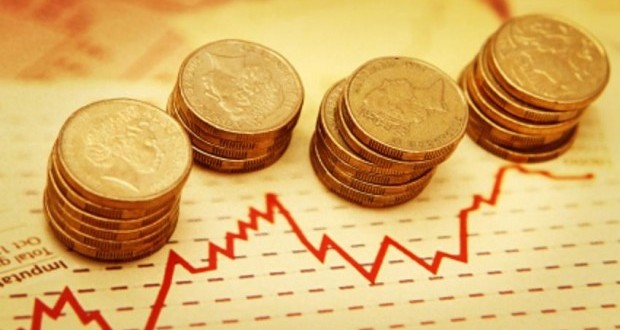U.S. stocks are on track to become the top investment in 2013, with the S&P 500 index on course to mark its best year since 1997.
The S&P index has risen 29.5 percent on a total return basis since January as investors bet the U.S. economic recovery would accelerate, enabling the Federal Reserve to withdraw its monetary stimulus without disrupting growth.
Japanese stocks are a close second with the Nikkei index rising 28.6 percent on a total return basis in 2013, the following graphic on global asset performance shows:
Gold was the biggest loser with a year-to-date loss of 29 percent. Generally seen as a safe-haven, gold has been hit by the improvement in risk appetite and expectations for a strong dollar, which would make gold more expensive as it is priced in dollars.
Emerging markets fared poorly on concerns that the Fed’s move to scale back its stimulus programme will choke off capital inflows into their economies, which benefited the most from cheap money.
Local currency emerging debt is the third-worst performer of 2013, with losses of almost 9 percent while hard currency bonds have lost 6.5 percent.
MSCI’s main emerging equity index is also set to the end the year in the red, having lost 3.5 percent on a total return basis so far in 2013.
Commodities, which are non-yielding assets, have also suffered from the softer demand from emerging markets and a slowing Chinese economy. The Reuters/Jefferies CRB commodity index is down 4.6 percent year-to-date.
The following graphics show the performance of a variety of asset classes:
Emerging markets:
Frontier markets:
Equity performance by region:
Equity performance by sectors:
Agencies
 Canada Journal – News of the World Articles and videos to bring you the biggest Canadian news stories from across the country every day
Canada Journal – News of the World Articles and videos to bring you the biggest Canadian news stories from across the country every day



